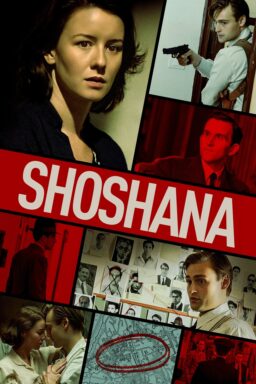Walt Disney’s Mickey Mouse: The Ultimate History is an essential companion for lovers of animation. J.B. Kaufman and David Gerstein discuss each and every one of the Mickey Mouse films, along with the ideas that were developed but which never made it into production. Their informed text is mixed with an assortment of colorful posters, sketches, drawings, background paintings, memorabilia, and comic strips.
A quarter of a century after he and his team had created the character of Mickey, Walt Disney commented, “I only hope that we never lose sight of one thing—that it was all started by a mouse.” Indeed although Mickey was long in the tooth when I was working at Variety in the 1990’s, the paper still referred to Disney studios as “the Mouse House.” Bob Iger, the current head of the behemoth that now consists not just of Disney but also Fox, writes in his foreword to this massive, sumptuous book: “For millions around the world, Mickey is Disney.”
Walt Disney had started making animated movies in 1921, but it was not until November of 1928 that Mickey made his debut, in “Steamboat Willie.” Ub Iwerks, Les Clark, and Walt’s brother Roy supported Walt’s determination to launch the new character and, in so doing, to achieve independent status in Hollywood. Iwerks sketched tirelessly, producing as many as 700 drawings in one day. During 1929, the studio premiered 15 Mickey Mouse shorts, while simultaneously developing the “Silly Symphonies” series.
Disney’s work as an animator was more appreciated in the 1930’s than one might have suspected, with Paul Rotha writing in his pioneering history, The Film Till Now, that “To many writers at the moment, the Disney cartoons are the most witty and satisfying productions of modern cinema.” Even Eisenstein became a confirmed fan of Mickey Mouse. Walt himself was an avid movie buff, and admitted the influence of both Chaplin and Harold Lloyd on Mickey’s personality.

From 1930 on, first Columbia and then United Artists distributed the Mickey shorts, and Disney’s strength, then as now, lay in the studio’s exploitation of its artistic assets. By 1935, Disney could boast that Mickey Mouse had helped to sell $35 million worth of merchandise—toys, jewelry, neckwear, mufflers, playing cards, Ingersoll watches and so on. King Features had joined with the studio to promote Mickey as a comic strip character (penciled by the brilliant Floyd Gottfredson). A Mickey Mouse Annual was started in Britain, and in the States soon afterwards. Mickey Mouse Clubs flourished across the country.
Despite the Depression, Mickey continued to attract huge audiences. In 1934, he made his first (inflated!) appearance in the Macy’s Thanksgiving Day Parade. And in the spring of 1937 work had already commenced on “The Sorcerer's Apprentice,” based on the 1897 musical tone poem by Paul Dukas. Mickey’s “dream” was prepared in meticulous detail, spawning dozens of color story sketches, many of which were never used. But “The Sorcerer’s Apprentice” served as the germ cell for the full-length “concert feature,” “Fantasia,” made two years later, with maestro Leopold Stokowski at the podium. Mickey was the only recognizable animated character in the film. But all subsequent attempts to create a full-length Mickey Mouse feature came to naught, except for his presence in four reels of “Fun and Fancy Free” in 1947.
From 1955 onwards, Mickey had a portal role in the Disneyland theme parks, his white-gloved figure a symbol of Americana for millions of visitors worldwide. When Walt Disney died in 1966, the French magazine “Paris Match” ran a huge image of a tearful Mickey on its front cover. Today, Mickey Mouse endures in video games, and even on an Apple iWatch. Alongside Donald Duck, he is arguably the most familiar of all animation characters.
To order your copy of Walt Disney’s Mickey Mouse: The Ultimate History, click here











